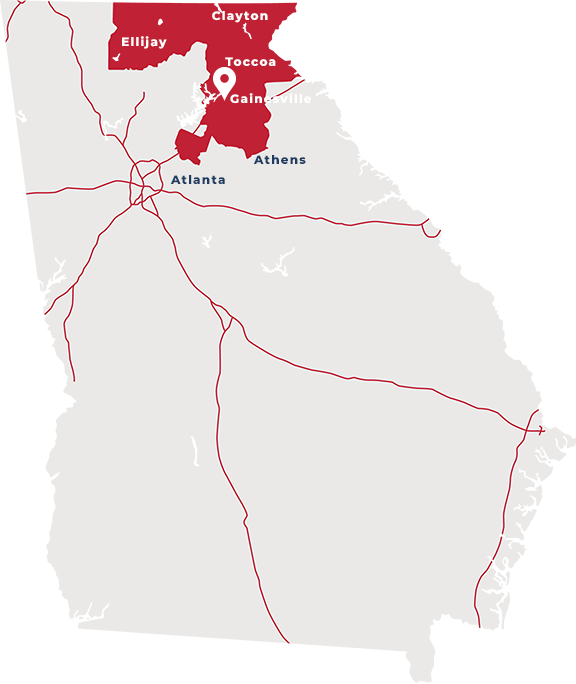Each spring, Members of the U.S. House of Representatives sponsor a nationwide high school arts competition – The Artistic Discovery Contest, also known as the Congressional Art Competition. Since 1982, this annual, bipartisan event has served as an opportunity for Members to encourage and acknowledge the artistic talents of their young constituents.
The winning artwork will hang in the Cannon Tunnel of the U.S. Capitol for one year. The tunnel is the most highly traveled access point between the U.S. House of Representatives and the U.S. Capitol. Every day, Members of Congress, distinguished visitors, and tens of thousands of tourists – from the United States and abroad – walk through the tunnel and admire the artwork. Click here to watch a video about this Capitol exhibit, which features winning artwork from other districts nationwide.
The competition is open to all high school students in Georgia’s Ninth Congressional District. Congressman Clyde invites students to submit artwork that reflects an aspect of North Georgia, such as a landmark, industry, notable person, or even their own school.
Artwork Requirements
Artwork must be two-dimensional. Each framed artwork can be no larger than 26 inches high, 26 inches wide, and 4 inches deep. If your artwork is selected as the winning entry, it must be framed before being sent to Washington, D.C. and must still conform to these size limits. Additionally, no framed artwork may exceed 15 pounds in weight.
Accepted mediums for the two-dimensional artwork are as follows:
- Paintings: oil, acrylics, watercolor, etc.
- Drawings: colored pencil, pencil, ink, marker, pastels, charcoal (It is recommended that charcoal and pastel drawings be fixed.)
- Collages: must be two dimensional
- Prints: lithographs, silkscreen, block prints
- Mixed Media: use of more than two mediums such as pencil, ink, watercolor, etc.
- Computer-generated art
- Photographs
Each entry must be original in concept, design, and execution and may not violate U.S. copyright laws. Any entry that has been copied from an existing photo or image (including a painting, graphic, or advertisement) that was created by someone other than the student is a violation of the competition rules and will not be accepted. For more information on copyright laws, we recommend you visit the Scholastic website.
Submission Timeline and Process
To streamline the entry process and allow for broader participation, the Congressional Art Competition will take place in two rounds: (a) a digital submission round, followed by (b) an in-person drop-off round for selected finalists.
Round One: Digital Submission
All participating students must submit a high-quality digital image of their artwork by February 20, 2026. This image should clearly and accurately represent the final piece. Along with the image, students must include a Student Release Form. All materials should be emailed to GA09Art@mail.house.gov and include the following subject line: Congressional Art Competition – [Student Name].
We recognize that capturing artwork digitally can be challenging. We encourage students to photograph their artwork in natural light and against a plain background, such as a blank wall or white poster board, to avoid shadows or distractions. Make sure the entire piece is clearly visible, straight, and in focus.
Round Two: Finalist Drop-Off
After judging, selected finalists will be invited to submit their physical artwork for final consideration and public display. If selected, please deliver your artwork to the District Office, located at 210 Washington St NW, Suite 202 Gainesville, GA 30501, by 5 p.m. Friday, March 13, 2026.
Artwork Submission Checklist
Before submitting your piece, ensure the following:
- Artwork is no larger than 26" high x 26" wide x 4" deep when framed
- If unframed, artwork is matted or mounted on solid backing
- A Student Release Form is securely attached to the back
Important Note
Exhibits with subjects of contemporary political controversy or sensationalistic, gruesome content are prohibited. Click here to view the complete rules and regulations as provided by the U.S. House of Representatives.









